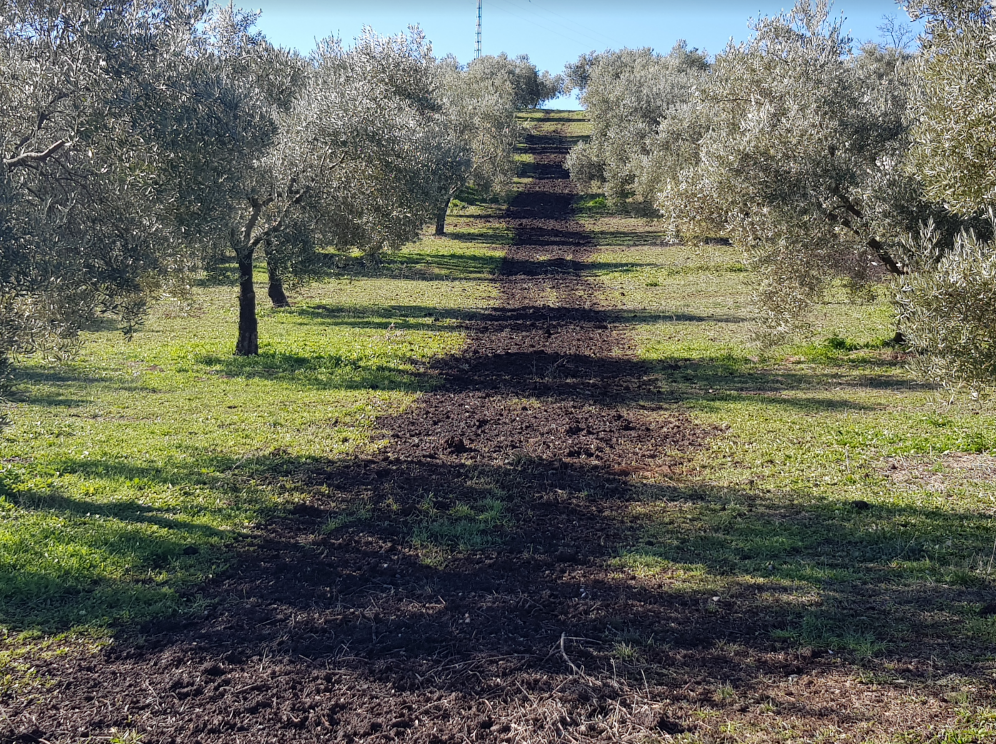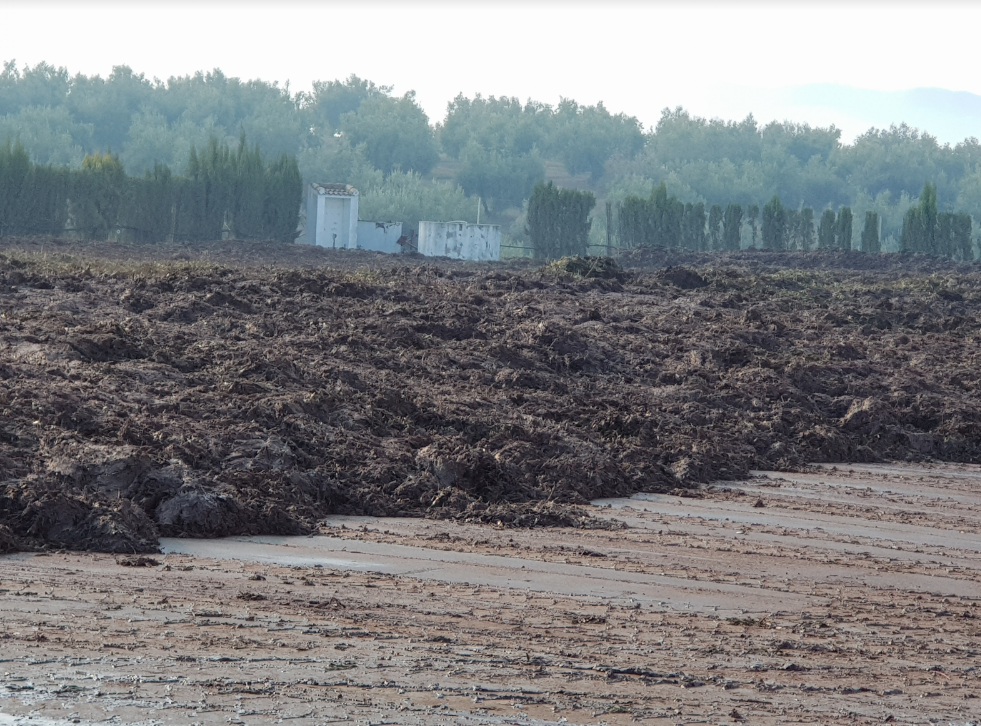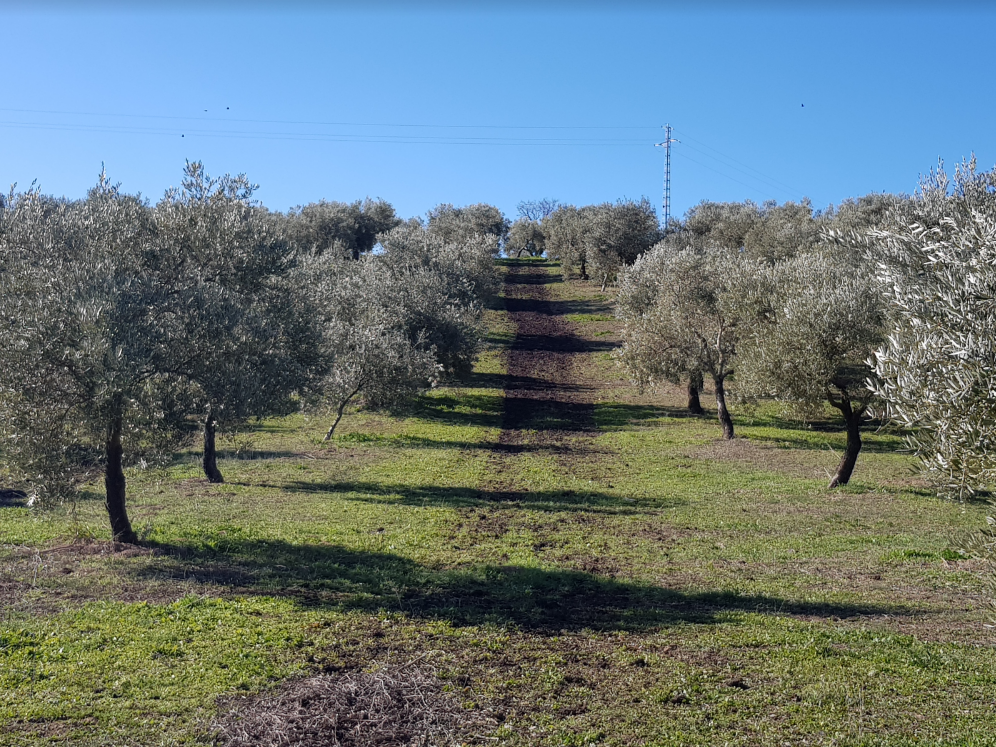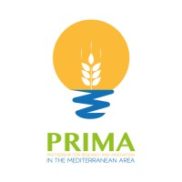How the Compost from Olive Mill Pomace Increased the Olive Yield

This post is also available in:
This post is also available in:
![]() Ελληνικά (Greek)
Ελληνικά (Greek)
The successful example of the Spanish olive grower Cruz Esteban and the SUSTAINOLIVE team of the University of Jaén.
For several years now, the olive growers and the managers of the olive mill “Cruz Esteban” of Mancha Real, a village nearby Jaén city, have been thinking of enriching the soil of their olive groves with organic matter. To do that, they would like to apply organic nutrients instead of chemical-based nutrients. They are fully aware of the importance of providing life to their olive groves’ soils. However, the livestock size in the area is relatively small, and therefore there is not enough manure to apply to the soil, but there is plenty of olive mill pomace.
“The olive farmers are sad to see how the organic matter and the nutrients harvested with the olive fruits are lost and considered waste after the extraction of the olive oil,” says Tomás Soria, olive farmer and executive of the olive mill “Cruz Esteban.” “We know that the olive mill pomace, the main byproduct of the olive mill, which is produced in huge amounts during the olive campaign (from the end of October to the middle of February), is rich in organic matter and contains most of the harvested nutrients.”, he adds.

In 2019 their dreams became a reality. The olive mill bought an abandoned pellet factory, contacted with Roberto García Ruiz and Sebastián Sánchez Villasclaras, members of the team SUSTAINOLIVE at the University of Jaén. Together they started doing some preliminary trials to set up the best conditions and define the most suitable raw materials for composting olive mills pomace. “In the beginning, it was difficult because we did not have adequate machinery to turn the composting piles. We were unsure which was the most appropriate and cost-effective source of manure, and we had no guarantee that this composting idea would be financially profitable. In addition, one of the main difficulties has been getting permission from the local and regional authorities”.
It is a co-learning and co-evolution process, and the height, width, and length of the composting piles and the raw materials to be co-composted with the olive mill pomace have now been optimized. To increase the quality of the final products and reduce the production cost, the managers of the composting plan bought a second-hand compost pile turning machine. “There was no second-hand turner machine in Spain that could fit our budget, and we had to search in other EU countries. In the end, we found one in Austria. Nowadays, we are quite happy with this turner machine because it speeds up the turning of the composting pile, and we can reduce the turning cost”.
Two years later, the olive mill “Cruz Esteban” is producing annually between 3,000 to 5,000 tonnes of composted olive mill pomace, which are sold to the olive farmer associates at a competitive price for both the olive mill and for the olive farmers. In 2022, due to the high costs of chemical fertilizers, the olive mill pomace’s compost was sold before it was even produced. “Currently, about 1,000 hectares of olive groves are fertilized with the high-quality compost we produce”.

“We are happy because our olive farmer associates have a source of organic matter to create life in our soils and to provide the nutrients that our olive trees need, which come from our olive farms by reusing and recirculating. Furthermore, we are contributing to creating a new business model in the conversion of waste into a resource for agricultural use”, said Tomás Soria recently.
By producing about 4,000 tonnes of composted olive mill pomace, the olive mill “Cruz Esteban” of Mancha Real is reusing 64 tonnes of nitrogen, and as many other nutrients, such as phosphorus, potassium, etc., and 2300 tonnes of organic matter. At the same time, it contributes to the sequestration of about 1,000 tonnes of carbon (or 3800 tonnes of CO2) into the soil. In addition, this olive mill has generated new business models and jobs through the conversion of byproducts into a resource. Furthermore, the olive mill is now a “lighthouse,” as other olive mill managers are interested in emulating this initiative. SUSTAINOLIVE has played an essential role because it has been actively involved in the co-creation and co-design of the composting of the olive mill pomace. SUSTAINOLIVE is disseminating this story, and a video is available here.









































































